
Vanessa Troiani and colleagues demonstrated a linear relationship between pupil dilation, reward/punishment sensitivity and individual ASD diagnostic status.
Highlights of SFARI-funded papers, selected by the SFARI science team.

Vanessa Troiani and colleagues demonstrated a linear relationship between pupil dilation, reward/punishment sensitivity and individual ASD diagnostic status.
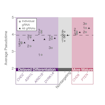
Robi Mitra and colleagues have developed a scalable CRISPR/Cas9 RNA sequencing assay in a human neuronal differentiation cell model, enabling high-throughput assessments of how repression of ASD risk genes affects transcription and neuronal differentiation.
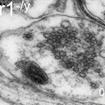
Elizabeth Jonas and colleagues identified a molecular mechanism underlying the contributions of mitochondrial dysfunction to the synaptic and behavioral features associated with fragile X syndrome.
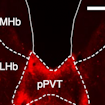
Hirofumi Morishita and colleagues showed that juvenile social isolation leads to deficits in adult mouse sociability via reduced activation of a prefrontal-paraventricular thalamus circuit.
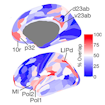
Stefano Panzeri and colleagues used neuroimaging-derived measures to assess the sex differential impact of excitation/inhibition imbalance in idiopathic ASD.
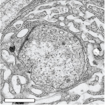
Graeme Davis and colleagues showed that ASD risk genes genetically interact with a class of common modifiers of presynaptic homeostatic plasticity at the Drosophila neuromuscular junction.
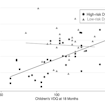
Charles Nelson, Helen Tager-Flusberg and colleagues assessed language development in infants at high risk and low risk of ASD. They reported parental mean length of utterance as a possible difference in the high-risk group.
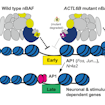
Gerald Crabtree, Joseph Gleeson and colleagues defined a new recessive form of ASD caused by mutations in ACTL6B, part of the BAF complex, which regulates activity-responsive transcription in resting neurons.